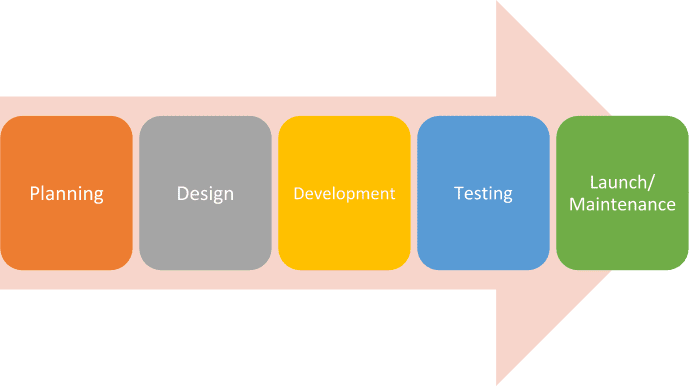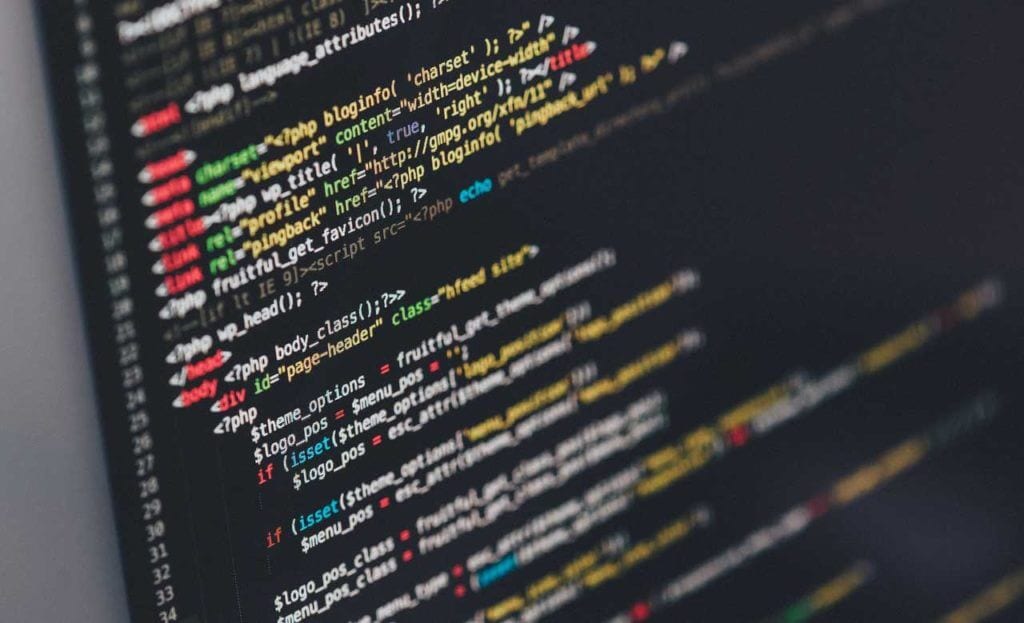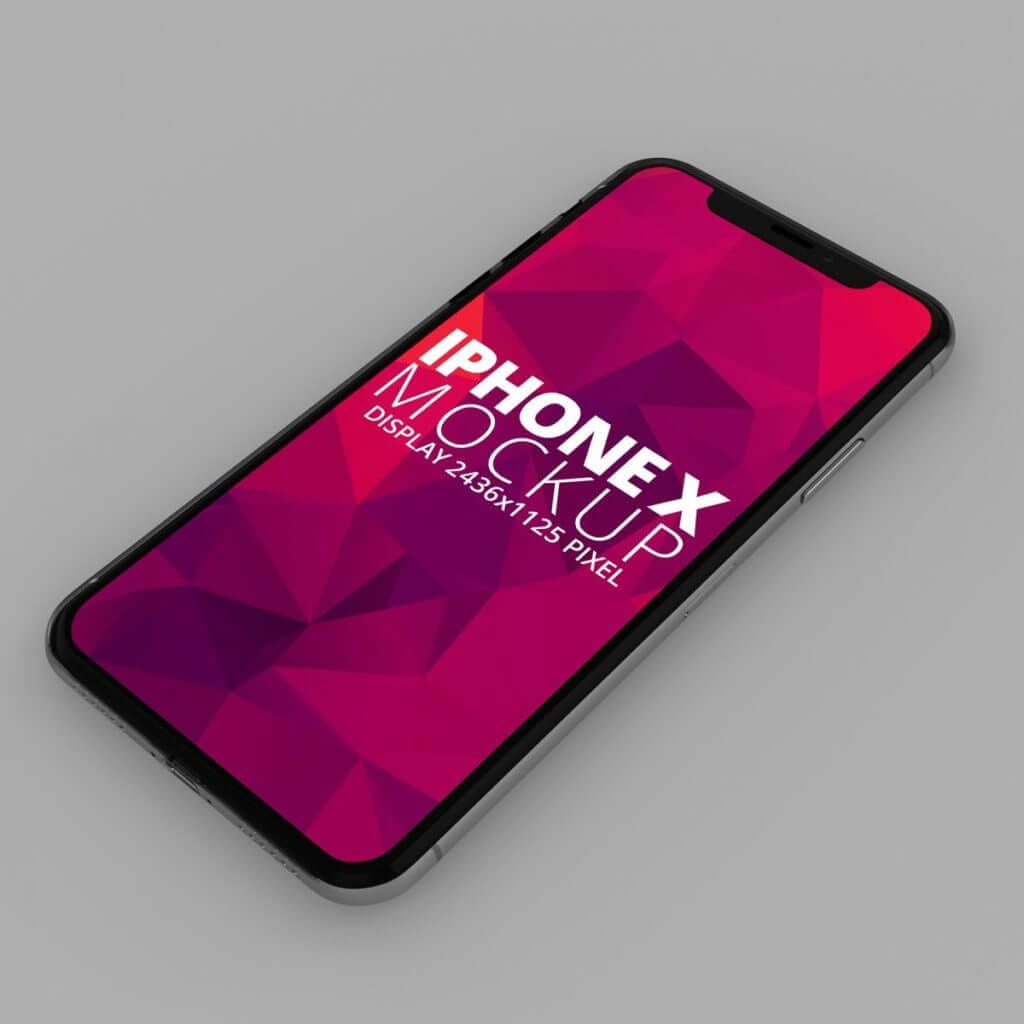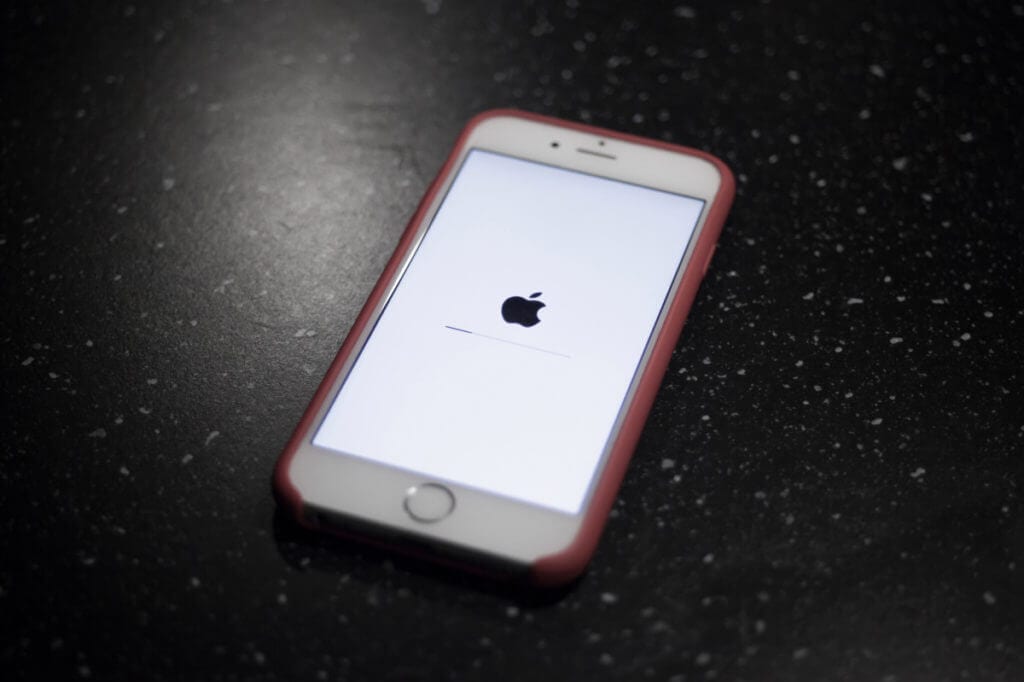Over the last decade, mobile app development has emerged as one of the most promising and profitable industries. The big number of available mobile applications indicates that we use them more and more to tackle different issues, manage daily chores, as well as for leisure and entertainment. Be it the Google’s Play Store or Apple’s App Store, we see hundreds of developers uploading and updating their apps to meet the many different customer demands.
Presently, the App Store has over 1.5 million applications. Why users like iOS so much? First, it’s simple. Second, the App Store submission process is rigorous, which ensures users get high quality mobile products. Finally, Apple has made it clear that user privacy is a top concern for the company.
As a result, app developers have to work hard during the iOS app development process and deliver a product that is a cut above in one way or another.
How does the process unfold is a rather curious matter.
General App Development Process Flow
Developing an app isn’t about merely creating a mobile application and releasing it to a digital store. The process requires proper planning, research, skills, and above all, a clear focus. To ensure the success of the final product, the mobile app development company has to follow a number of steps in app development.
Usually, there are five main phases in an app development cycle.
- Planning Phase – Before launching an app, it is important to have a clear focus: what challenges does the mobile app solve, who is the target audience, what features to include, and so on. Besides, it is important to carry out a comprehensive market research to ensure the app would be competitive in its market or market niche. The planning phase also includes arranging all the requirements needed in the subsequent phases of the app development process.
- Design Phase – On this phase, the design team comes up with the user interface and user experience, that is, the looks, feel, and navigation. The design is then carried over to mobile app developers.
- Development Phase – This phase of the app development process flow involves creating a functional app from the existing design.
- Testing Phase – When the development is finished, it is obligatory to test the application. QA engineers review the app to make sure it functions seamlessly and has no bugs.
- App Launch & Maintenance – Once the app is tested and reviewed by the client, it can be launched release to market. However, this does not end the app development process steps, since every application requires continued maintenance and needs to be updated often to address the quickly changing customer demands. So, this phase simply marks the beginning of another development cycle.

App Development Process Workflow
iOS Application Development Process
The iOS app development workflow also follows the usual pattern explained above. It all starts with planning for the application, followed by design and development of the app, testing of the product before releasing it, and then the subsequent continuous maintenance of the app until it exists.
But, in practice, the iOS development process is not so easy. The developers have to take care of various developer rules set up by Apple to ensure a user-friendly, private, and secure user experience. Therefore, app developers need to implement the required elements and best practices to create a successful final product.
The following sections provide a detailed explanation of all the iOS app development steps.
1. Initial Steps To Creating An App For iOS
- Research & Analysis
There’s more than a million apps on the App Store. So, the market is extremely competitive. To make ensure your app gains traction and gets downloaded many times, you must conduct thorough market research to see what apps are already out there. Then, see how those apps work and compare them to yours.
- Compliance with App Store Guidelines
In addition, the process of creating an app for iOS also requires you to comply with Apple’s strict guidelines. Apple only publishes only those applications that meet their requirements for design, security, user privacy, and other aspects. And there is no other way. That’s why all apps on iOS has a similar look and feel without losing in uniqueness, and that’s why most of them are well-made.
2. Designing Before The Process Of Developing An App

- Concept & Wireframing
When the concept behind your app is clear, you need to document the requirements for the design team. According to them, the team would then develop wireframes — blueprints/digital sketches showing how the app would look like. This design stage lays the foundation for the subsequent app design process and the other steps to creating an app.
- UI & UX Design
A key process of creating an app, this step determines the user experience and how the app will look like. The goal at this stage is to create a design that is both visually appealing and easy to navigate/intuitive. UI and UX of the app should also comply with Apple’s guidelines.
- Software Architecture
The other major step that goes on alongside UI and UX design is the planning of software architecture. It is one of the key stages in the iOS app development process and accounts for three components of the model view controller (MVC) paradigm – the data, the user, and the software. It involves all those measures taken to ensure the scalability and stability of the app.
3. Applying Required Steps In iOS App Development
Although the initial phases of the iOS application development process help in getting all the requirements ready and having the design of the app completed, the most critical phase of the entire effort begins in the development phase.

The development phase is all about bringing the app concept to life. At this stage, the development team has to work with three different yet integral parts of the project – the back end, the API, and the front end of the mobile app.
- Back-end Development
When it comes to app functionality, the back-end development is the core. It includes the entire server-side development including the maintenance and functioning, user account authentication, account management, push notification services, third-party integration for social media sites, and user experience customization.
- APIs
The Application Programming Interface (API) serves as a link between the front-end and the back-end of the mobile application. APIs form one of the core components in the apps development process.
- Front-end Development
The front-end of an app is the side that directly interacts with the user. It involves coding various design elements, like wireframes and mock-ups, caching, and database synchronization. A well-developed front end will enable a smooth user-experience across various screen sizes and orientations.
- Things to Consider During iOS App Development
Before moving to the actual development process, it is important to select the fitting technology stack for your mobile app. Besides, choosing a suitable programming language is also essential.

Here are a few things you should decide on prior to beginning with the application development process.
- XCode. Creating a native iOS app requires using XCode – Apple’s IDE (integrated development environment), which imports app designs. This tool provides various useful features, like editing source code, UI, debugging, and exporting the application to the App Store.
- iOS Programming Languages. Accounting for the requirements, the developer can choose any of the two languages – Objective-C and Swift – to develop the iOS app. While Objective-C is a superset of the C language, it is being gradually replaced by Swift, Apple’s newest programming language. Launched in 2014, Swift runs two point six times faster than Objective-C, according to Apple. It is more concise, sustainable, safer and supports the majority modern hardware units.
- Agile Development. Owing to the rapid changes in mobile platforms, it’s always a good idea to finish the iOS application development process as fast as possible. To achieve this goal, the developers may choose an agile development approach, whose system of milestones ensures timely delivery of quality software.
4. Testing And Finishing The Process Of Creating An App
After finishing all technical app development phases, the next step is the QA testing of the developed product. Testing or reviewing the app for iOS is a crucial step, considering the difficulties in the submission process and Apple’s approval of the app. The developer must review the app for optimized performance, seamless user experience, debugging, optimal memory usage, security, and thorough compliance with all guidelines set by Apple.
After reviewing the app and ensuring it won’t get rejected, your application can be submitted to the App Store for subsequent review and approval. It may take from a few days to a couple of weeks for Apple to respond and approve your mobile product.
An App Development Process Never Ends
Apparently, the process of developing an app for iOS gets completed with the successful deployment of an app to the App Store. However, in reality, this process never ends

The launch of an app begins a continuous process of app maintenance. It comprises of monitoring app usage through app analytics platforms, measuring its success through KPIs, patching any functional and security bugs that may arise at any time, and updating app features and/or interface in the light of customer feedback as well as the iOS requirements as well as the iOS requirements and new updates (e.g., recent iOS 14 release).